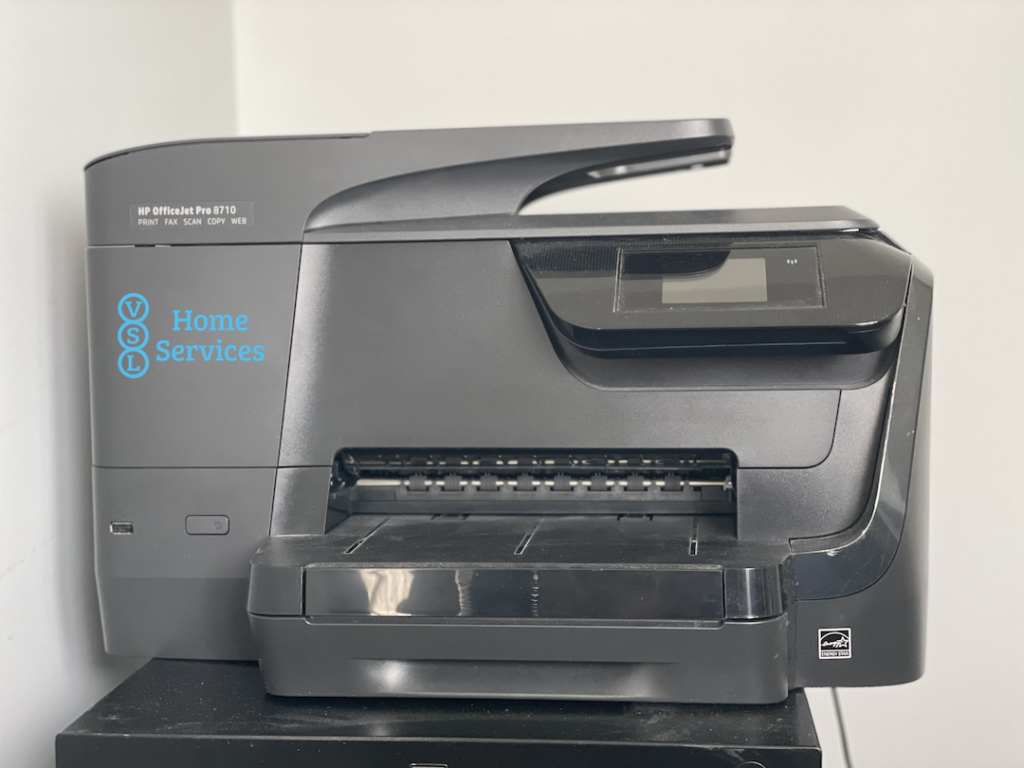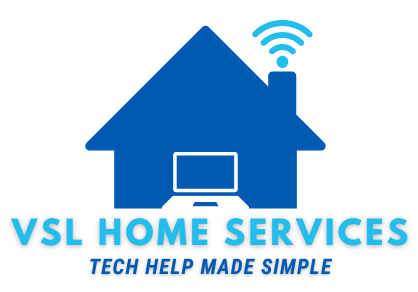
Whether you’re part of the recent work-from-home push or you just want a printer at home, many people need to connect their wireless printers. Anyone that has attempted to connect a wireless printer has faced the various challenges of connecting it. Traditional printers where you simply had to plug a cable in, were much more simple to connect.
Wireless printers come with some great perks. For starters, they let you print from anywhere in your home as well as getting rid of additional wires in the tangle of cables behind your desk. You are also able to set the printer up anywhere, in an easy-to-access location and away from your desk if you like, helping to keep the sound of pages whirling through your printer being inked from disturbing you while you work on your computer.
Speaking of wireless printers, there is more than one type of wireless printing, Wi-Fi and Bluetooth. There is also no single way to connect your wireless printer. The different printer brands all use different steps to connect your wireless printer whether on Wi-Fi or Bluetooth. Even as you jump from the different products under one brand, the setup may vary.
We know that stereotypically, men do look at user manuals, but it is recommended for connecting your printer. If you can’t find your user manual, try searching the exact product name on Google. The product name should be on the case of the printer or on a product sticker which is usually on the back of the printer.
Wi-Fi Printers
Your Windows PC should easily find any printer that you set up on the same local Wi-Fi network. If you’re having trouble finding your printer on your Windows computer, be sure that your computer and the wireless printer are on the same Wi-Fi network. If they are on the same Wi-Fi network and you are still having trouble finding the Wi-Fi printer, you may need to update your computer to the latest version of Windows to make sure you have up-to-date driver support.
Now let’s connect your Wi-Fi printer
To begin, put your printer close to the router, within Wi-Fi range. Power on your printer and connect it to the same Wi-Fi network your computer uses. Different printer makes and models have different processes for this but you’ll need to know your network names (SSID) and the password (if enabled) to connect to the Wi-Fi.
To connect your Wi-Fi printer, open the Start menu and go to Settings, Devices, and then Printers & scanners. From there, you will want to go to Add a printer or scanner and select your printer from the list once it appears, then click Add device.
If you made certain that your computer and printer are on the same Wi-Fi network and you are on the latest version of Window yet your printer is still not showing up on the list, select The printer that I want isn’t listed and follow the instructions.
In the situation in which you are still facing challenges of your computer “finding” your printer, you may try connecting the printer to your computer via USB cable. What this may do is force Windows to recognize the printer and install the needed drivers. In the situation in which Windows doesn’t have the drivers, your printer should download and install the drivers. Once this is complete, unplug your printer from the USB cord and check to see if your computer is now able to recognize the printer.
Bluetooth Printers
When it comes to Bluetooth printers, there are fewer steps than there are with Wi-Fi printers. Start the process by plugging in your Bluetooth printer and powering it on. Check your user manual to set your printing open to new Bluetooth pairings.
Next, we want to enable Bluetooth on your windows computer by clicking on the notification icon in the bottom-right corner of your screen, and check that Bluetooth is toggled on.
With Bluetooth toggled on, we’re now ready to find the printer on your computer. To find the printer, open the Start menu, open Settings, click on Devices, and then open Printers & scanners. Lastly, click Add a printer or scanner, find the Bluetooth printer on the list of options, select it, and click Add device.
Adding your Bluetooth printer should cause Windows to download and install the drivers for your printer. If it does not have the drivers and does not download them, you can get the drivers directly from the manufacturer’s website.
Wireless Printers
Wireless printers have many benefits from being able to print from anywhere in your house to the ability to put them in easy-to-access locations. It can be more challenging to setup up than traditional printers that you simply plug into your computer. The processes covered in this article should enable to you set up your wireless printer to your Windows computer. One thing we didn’t cover above is that with wireless printers, you should also be able to print from your tablet or smartphone also, as both Wi-Fi and Bluetooth printers allow you to print without the need for any cables.
